Research
Fiona x Shanelle
Objective
NTU is surrounded by nature and greenery, however, many students spend most of their time indoors in school. Prior research has shown that nature and greeneries offer an opportunity to relax our directed attention, thus providing relief from mental fatigue. Exposure to nature greeneries repulses depression in adults.
Our main objective for this project is to improve the quality of life and mental well-being for students in NTU by creating an opportunity for interaction between human and nature without invading nature.
Story and insight
What is unique about NTU? Surrounded by much greenery, NTU is also home to wildlife such as wild boars, pangolin, hornbill and even snakes. Wildlife is so common that you may even spot the “Caution! Animal Crossing” signs on the roads leading into the campus itself. However, whenever trees are being cut down to make space for new facilities and infrastructure around the school, endangered wildlife residing around NTU are also slowly losing their natural habitat.
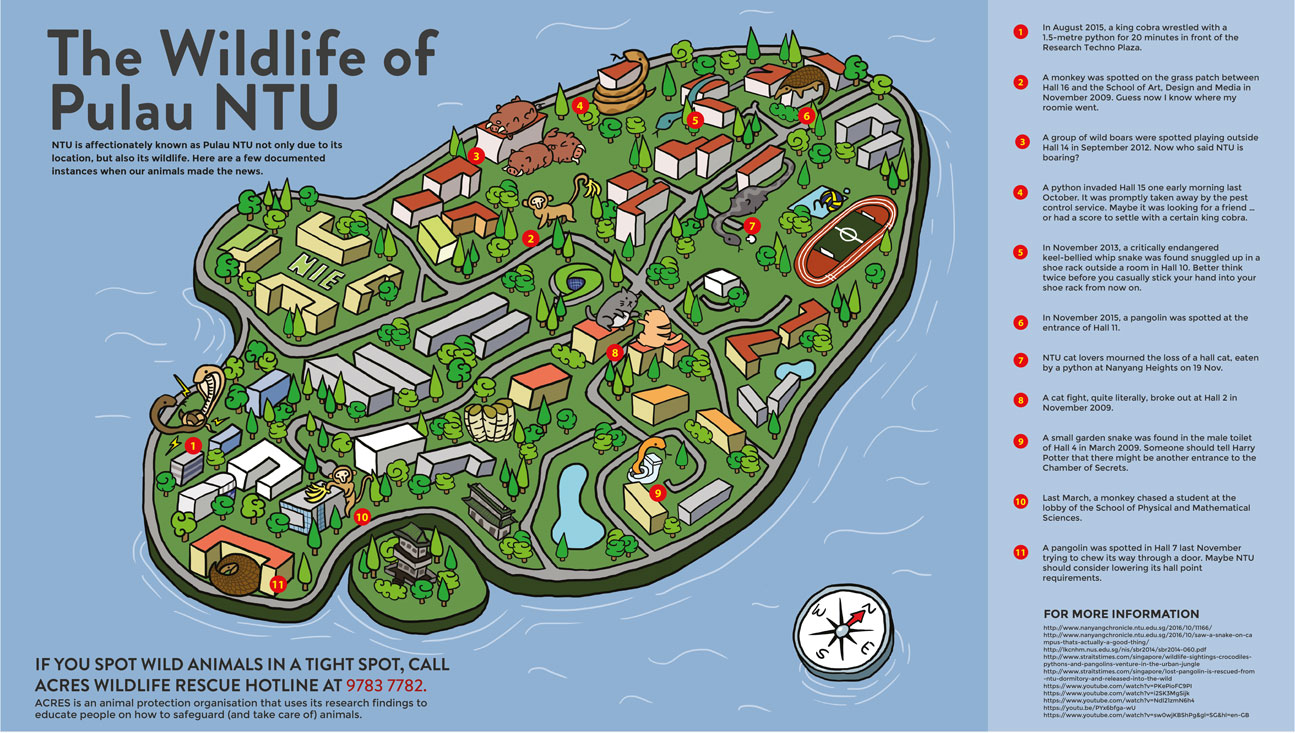
Research – Sustainability in NTU
To start off, we read up about the current ongoing efforts by Ecocampus to maintain sustainability in NTU.
Ecocampus
The EcoCampus initiative is an ERI@N Flagship Programme and is jointly hosted by ERI@N and Sustainable Earth Office in NTU. They aim to develop a novel campus-wide sustainability framework with demonstration sites to achieve 35% reduction in energy, water and waste intensity by 2020, making it one of the world’s most eco-friendly campuses in the world. As a part of EcoCampus’ renewable energy efforts, NTU fulfills 3-5% of its energy demand from solar panels installed on rooftops.The solar panels have 5 MWp capacity and save NTU about $1.5 million in annual electricity costs.
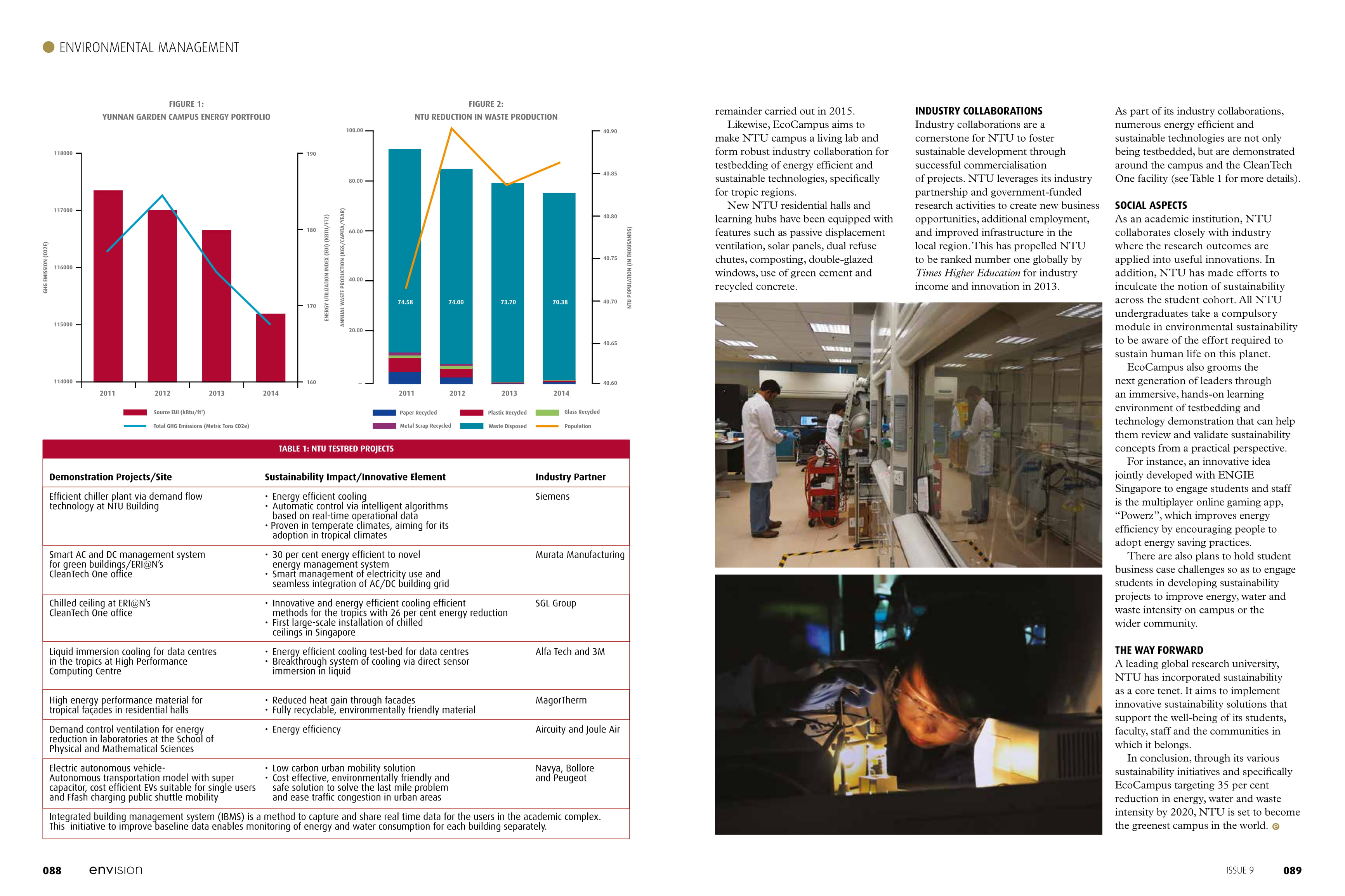
You may read up more about Ecocampus’s projects for here.
Design References
Interesting insight about plant technology.
Inspiration.
Apart from our main objective of improving the interaction between nature and us, we would also like to draw attention to the animals residing in NTU. Amongst all the wildlife in NTU, we decided to focus on a particular one that is special as it is rare and critically endangered. We looked into the anatomy and movement of a Pangolin and created an infographic as shown.
The movement of the scales of the pangolin allows air to circulate, regulating its temperature. The arrangement of the scales in an overlapping hexagonal pattern around a central scale ensures that no part of the pangolin is exposed when it curls up. The arrangement also enables the scales to slide over each other, making the armor very flexible.
Looking at the anatomy of the Pangolin, focusing especially on their scales, the keywords that we have derived are Flexible, Repetition, Modular, Airy, Layered and Interlocking, Concealed vs Exposed. We would like to refer to these keywords as a guide for our sculptural design.
Further research
In addition, we looked into ways we can create movement with modular structure and chanced upon very interesting techniques.
This 3D printed biomimicry chair is designed by Dutch designer Lilian van Daal. By manipulating the material density through the design, the designer managed to introduce a spongy quality to the otherwise stiff material.
This Solar Bytes pavilion, designed by assistant professor, Brian Peters, highlights the potential of new approach available to architecture: robotic arms, 3D printing, smart technologies such as lighting sensors, and solar energy.
Concept
A quick recap, our keywords that we have derived from our inspiration are Flexible, Repetition, Modular, Airy, Layered and Interlocking, Concealed vs Exposed. In line with our objective to integrate nature and maximize green space in this tight urban environment, we want a sculpture whereby nature can nurture within, whereby air/wind can flow not just over but through it just like the scales of a pangolin. The following is our initial design.
Current material consideration: Timber.
Location consideration: Near Nanyang Auditorium
Our next explorations
- Look into how the hexagonal patterns could interlock, the details of the structure.
- Select what kind of plants to focus on and study how they grow.
- Sustainability: Look into how a stronger structure could be created in terms of the materials that we could use and the design of the structure.
- Scout for other possible locations
- Look into ways to incorporate the idea of ‘harvesting energy’ into the sculpture.
- Improve the design of the sculpture
- Research more, look deeper.
Feedback
- Consider the ‘why’ – Why are you inspired by the scales of a Pangolin, does it served a functional purpose of why and how it should be implemented into NTU and your sculpture. Where in NTU will need such a function?
- The construction of the modularity in the sculpture?
- It is not necessary to incorporate technology into this concept, adopt natural resources/material as there’s a differentiation between natural energy and man-made energy.
- Think deeper into the usage of material. What are some sustainable materials?
- Keep in mind that 3D printing technically isn’t really sustainable with consideration of the tropical climate of Singapore. The material might not endure wear and tear with the temperature of Singapore.
- Tap on the keywords you have identified, dive deeper and be more specific.
http://www.momtastic.com/webecoist/2010/05/03/growing-green-art-made-from-marvelous-moss/
http://adamkalinowski.com/home,12,green_sculpture.html
https://www.dezeen.com/2015/01/30/movie-lilian-van-daal-3d-printed-biomimicry-chair/
https://www.dezeen.com/2017/11/15/living-light-ermi-van-oers-microbial-energy-photosynthesis-lighing-lamp-good-design-bad-world-dutch-design-week/
https://www.ncbi.nlm.nih.gov/pmc/articles/PMC3949401/ – Photosynthesis under artificial light
https://www.theguardian.com/cities/2018/feb/05/walkable-cities-reduce-blood-pressure-study-finds
http://ecocampus.ntu.edu.sg/Current-Projects/Pages/CurrentProjects.aspx
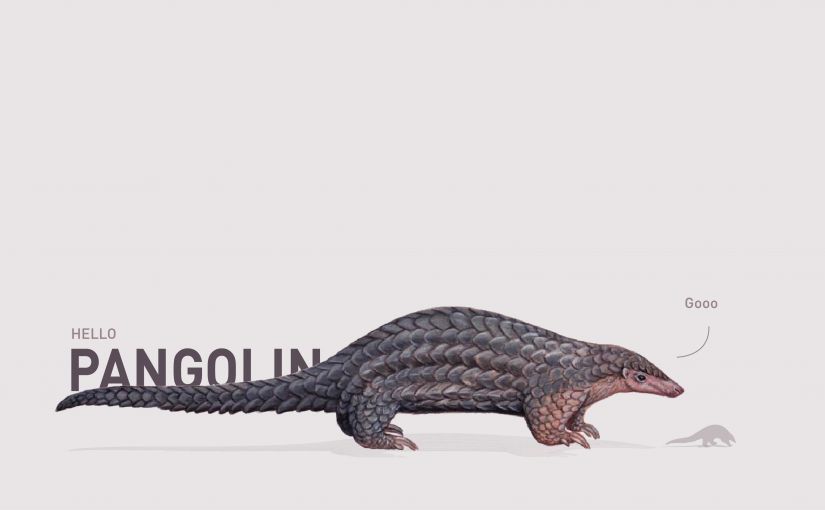
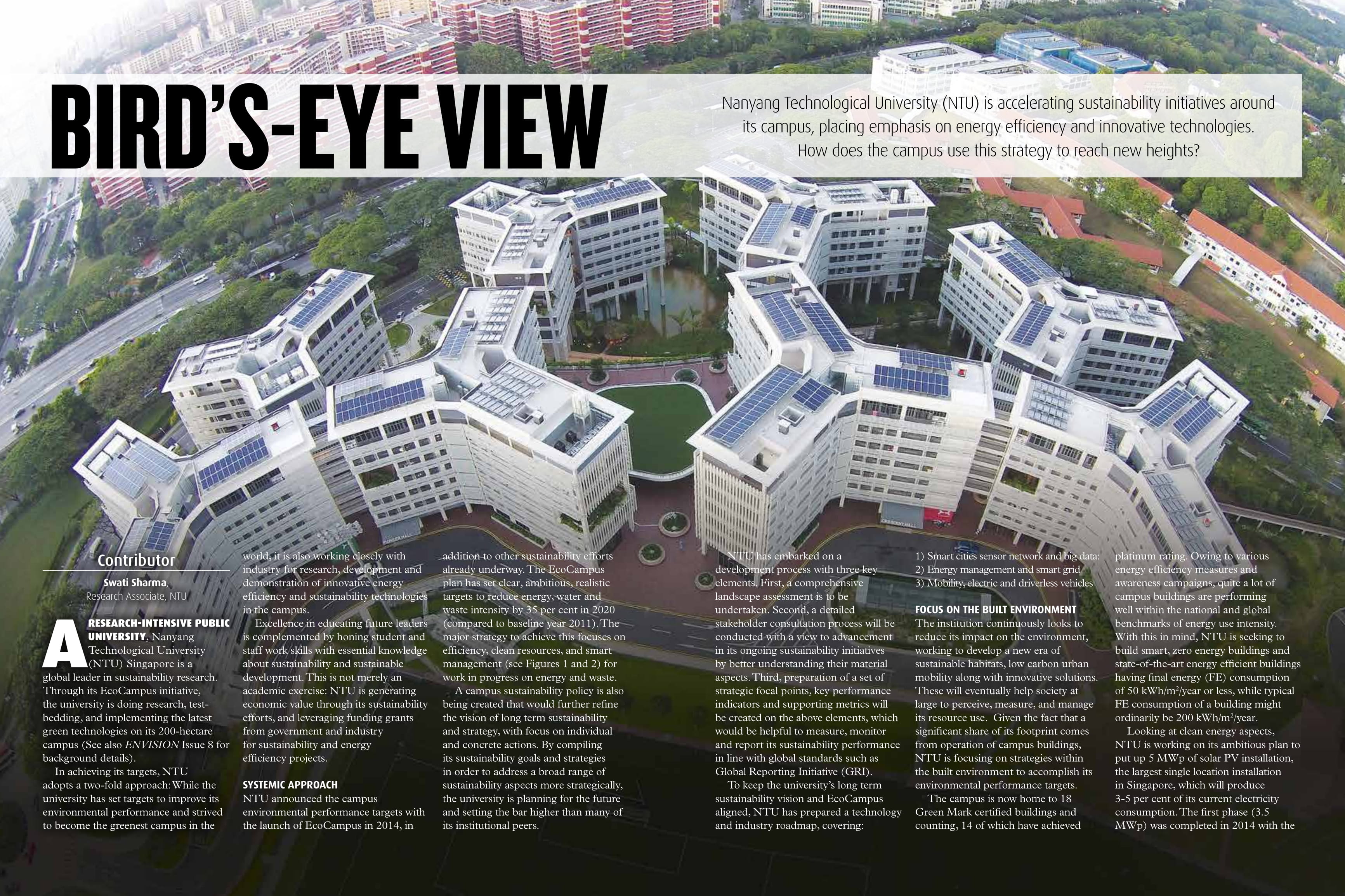
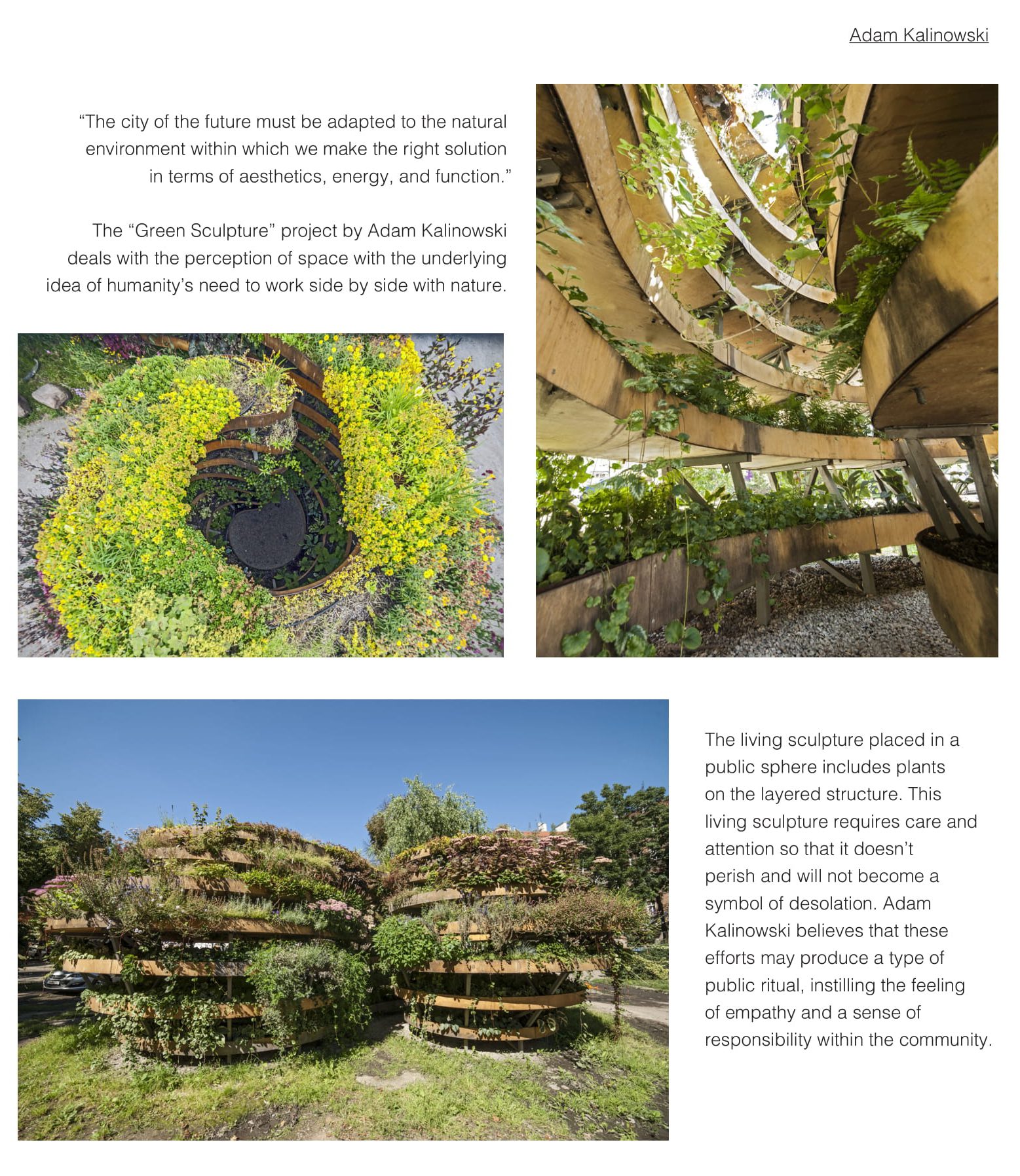
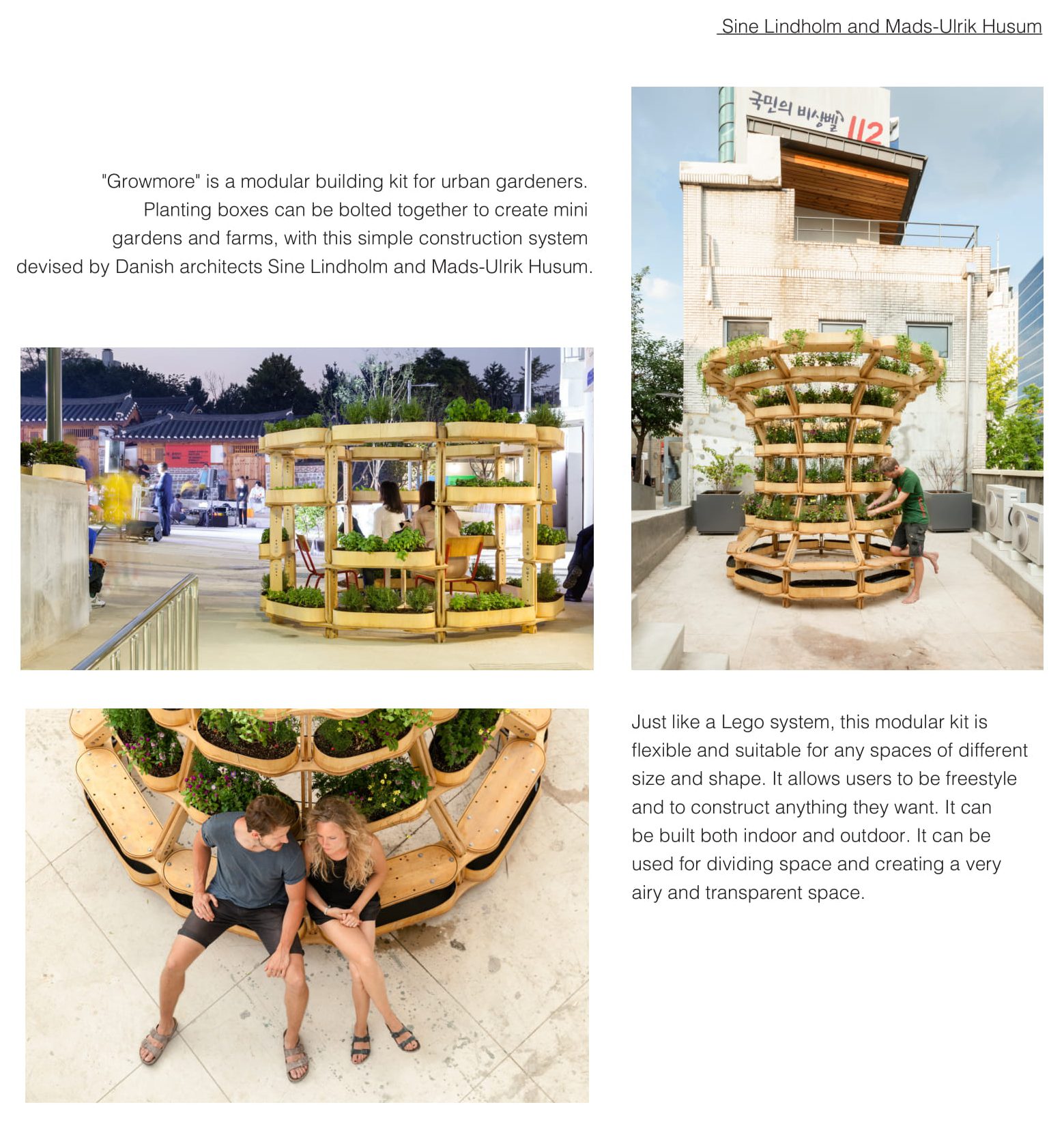

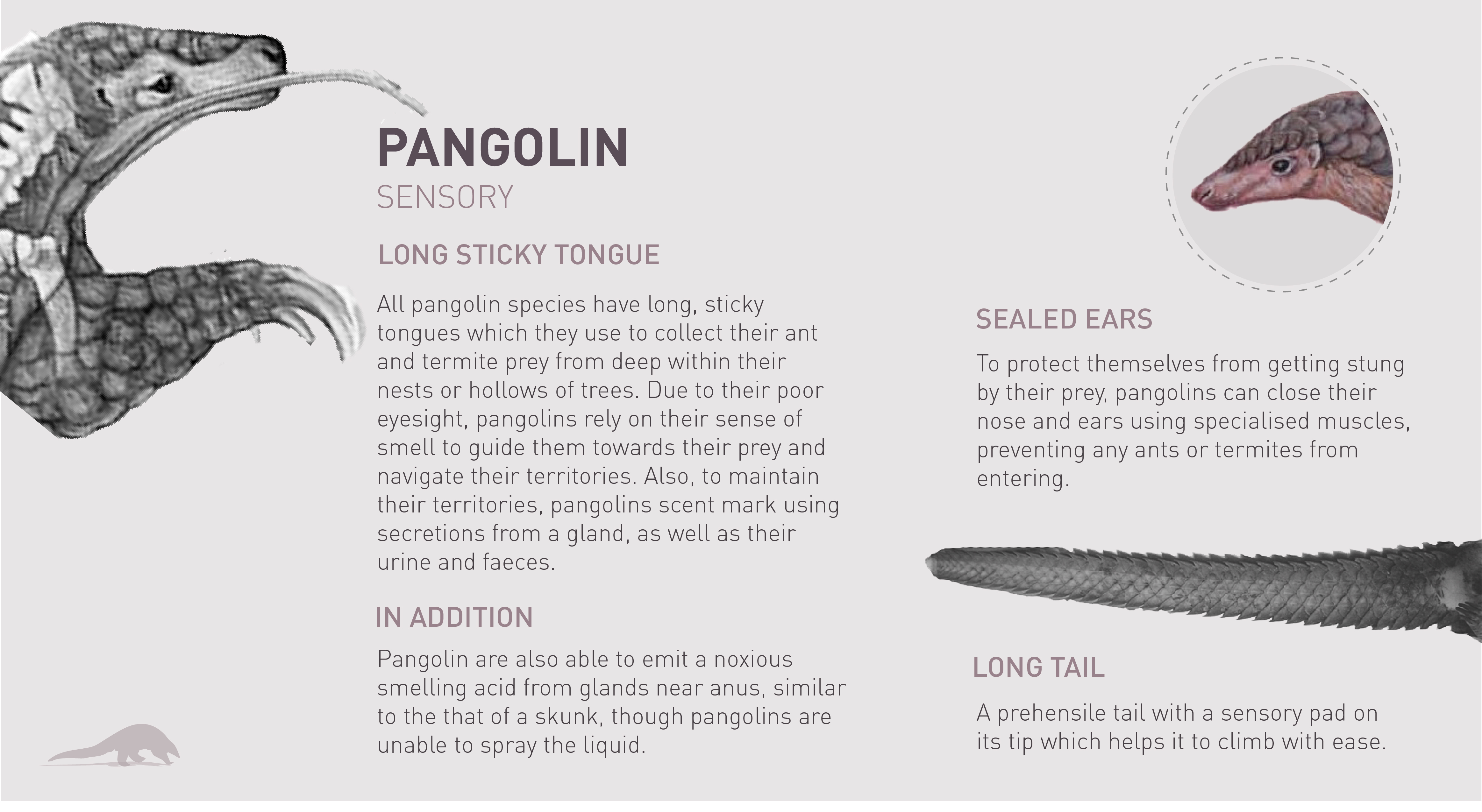
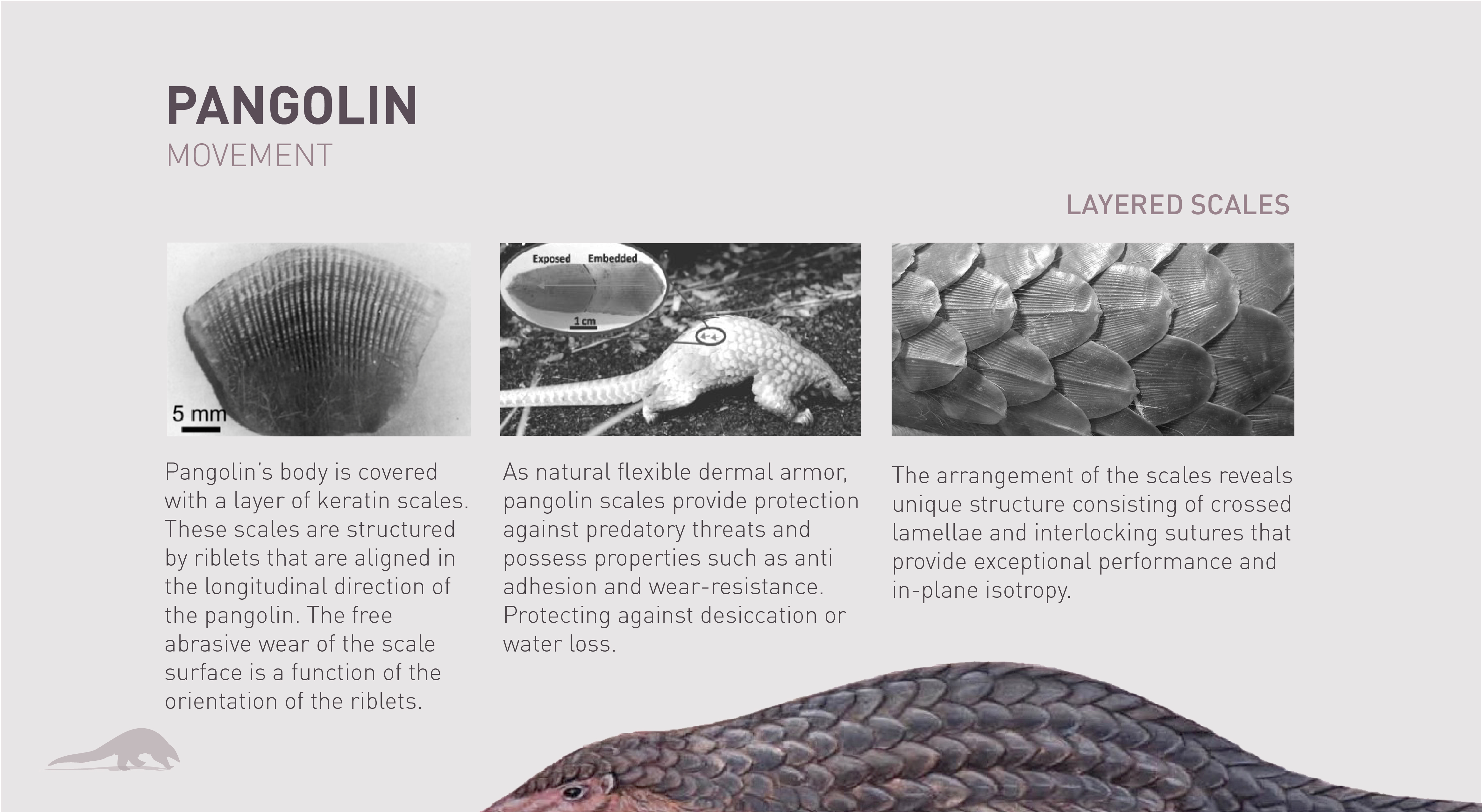
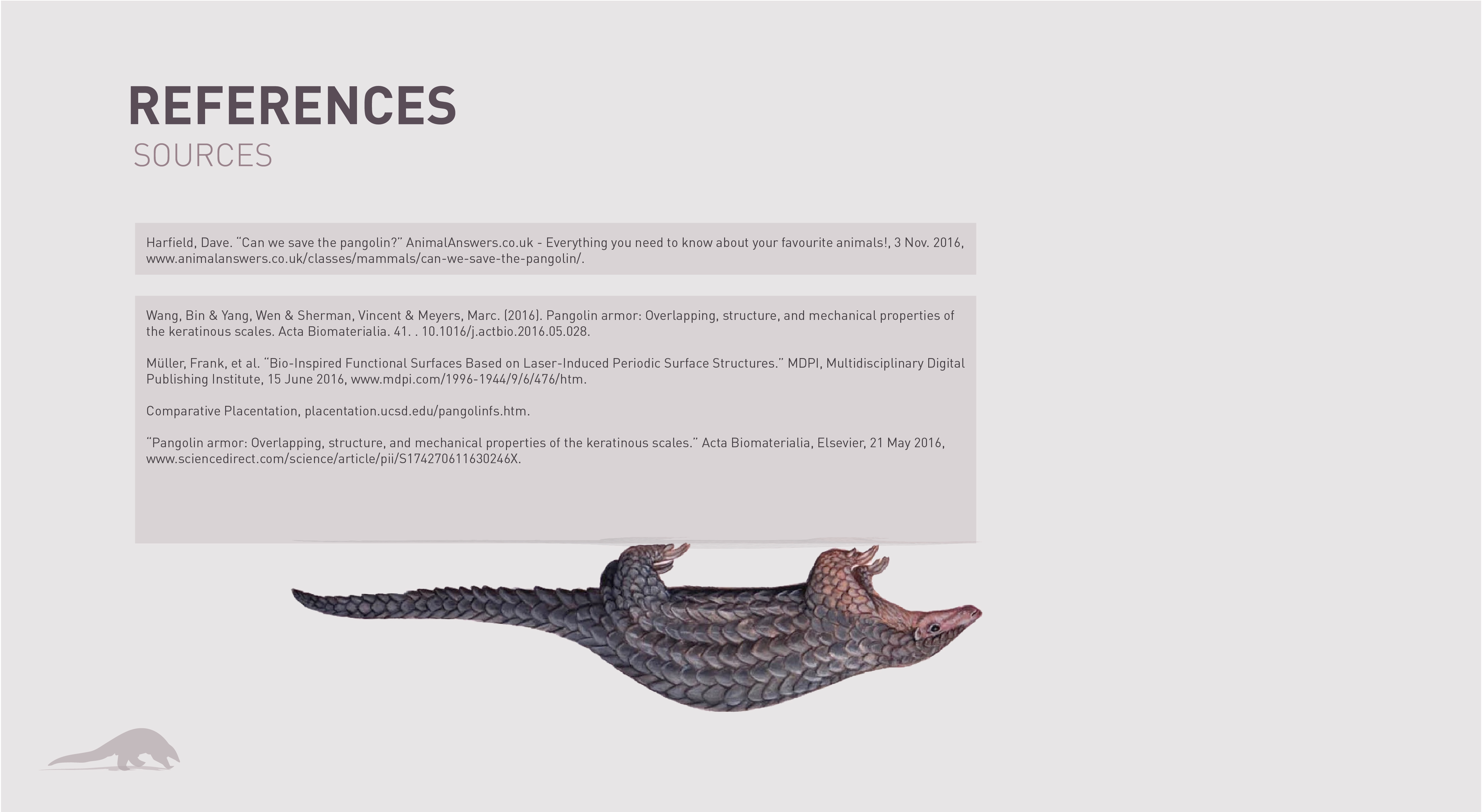
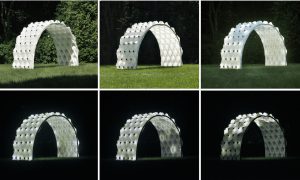

How can the function of the characteristics of pangolin be related to the space and environment of NTU?